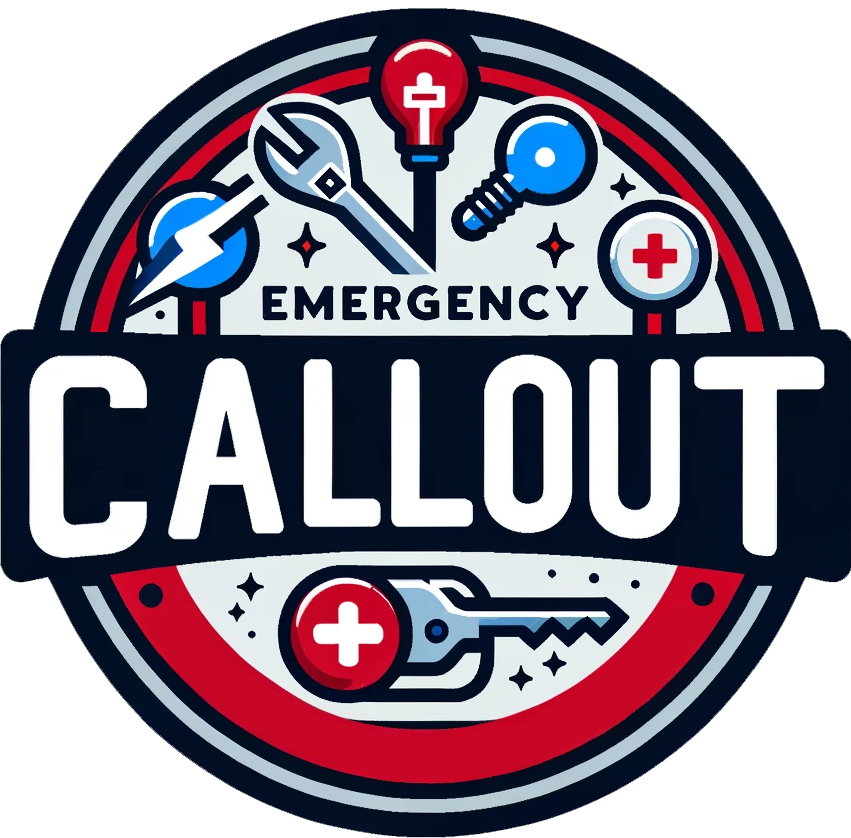Emergency Escape Breathing Devices (EEBDs) are a crucial piece of equipment when it comes to ensuring the safety of workers in potentially hazardous environments. In the UK, where health and safety regulations are taken very seriously, the use of EEBDs is an important aspect of ensuring the well-being of workers in various industries, such as petrochemical, marine, and industrial settings.
An Emergency Escape Breathing Device is a life-saving piece of equipment that provides the user with a supply of breathable air in the event of an emergency where the air quality is compromised. This can include situations such as a fire, a chemical leak, or any other event that may result in dangerous levels of toxic gases or fumes. EEBDs are designed to be easy to use, reliable, and provide a safe means of escape in such situations.
In the UK, the use of EEBDs is regulated by various health and safety organizations, such as the Health and Safety Executive (HSE). Employers are responsible for ensuring that their employees have access to suitable EEBDs and that they are properly trained in their use. This is especially important in industries where workers may be exposed to potentially hazardous atmospheres on a regular basis.
The design and functionality of EEBDs can vary depending on the specific requirements of the industry in which they will be used. For example, in the maritime industry, EEBDs are designed to be lightweight and compact, allowing them to be easily stowed in cabins and other areas of a ship. They are also designed to provide a sufficient air supply for a specified period of time to allow for safe evacuation in the event of an emergency.
In the petrochemical industry, EEBDs are designed to withstand high temperatures and are often equipped with additional features such as communication devices to ensure that workers can maintain contact with each other during an evacuation. In industrial settings, EEBDs may be required to provide protection against a wider range of hazards, such as particulates, toxic gases, and low oxygen levels.
One of the key considerations when it comes to EEBDs is ensuring that they are properly maintained and regularly inspected to ensure their reliability in an emergency. In the UK, there are strict regulations governing the maintenance and inspection of EEBDs to ensure that they remain in good working order at all times.
Training is also an essential aspect of ensuring the effectiveness of EEBDs. In the UK, employers are required to provide training to their employees on the correct use of EEBDs, as well as on the procedures to follow in the event of an emergency. This may include instruction on how to properly don and activate the device, as well as how to navigate to safety in an emergency situation.
In conclusion, Emergency Escape Breathing Devices play a crucial role in ensuring the safety of workers in hazardous environments in the UK. Employers are responsible for providing suitable EEBDs and ensuring that their employees are properly trained in their use. With the proper maintenance, inspection, and training, EEBDs can provide a reliable means of escape in the event of an emergency, ultimately saving lives and preventing injuries in the workplace.



